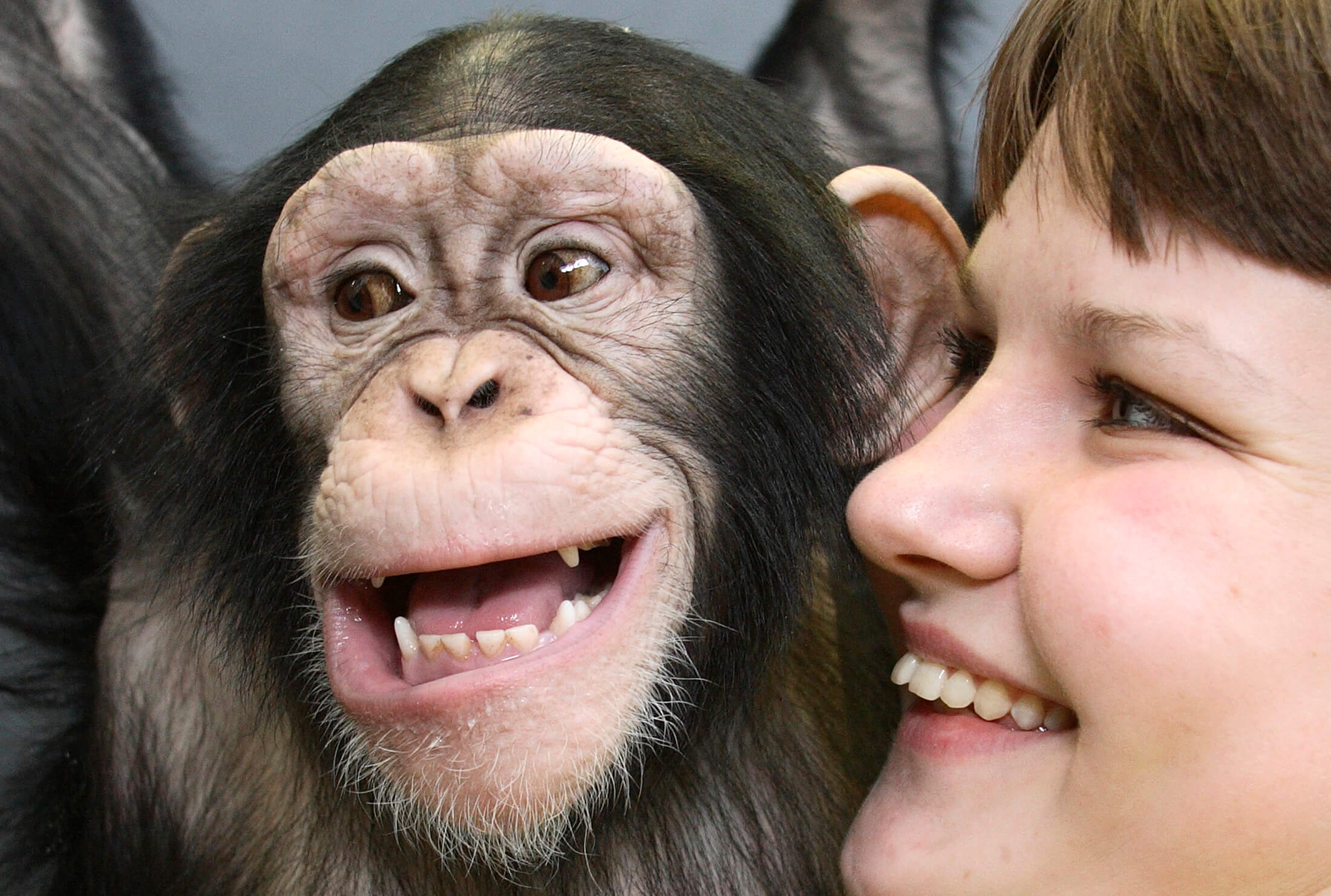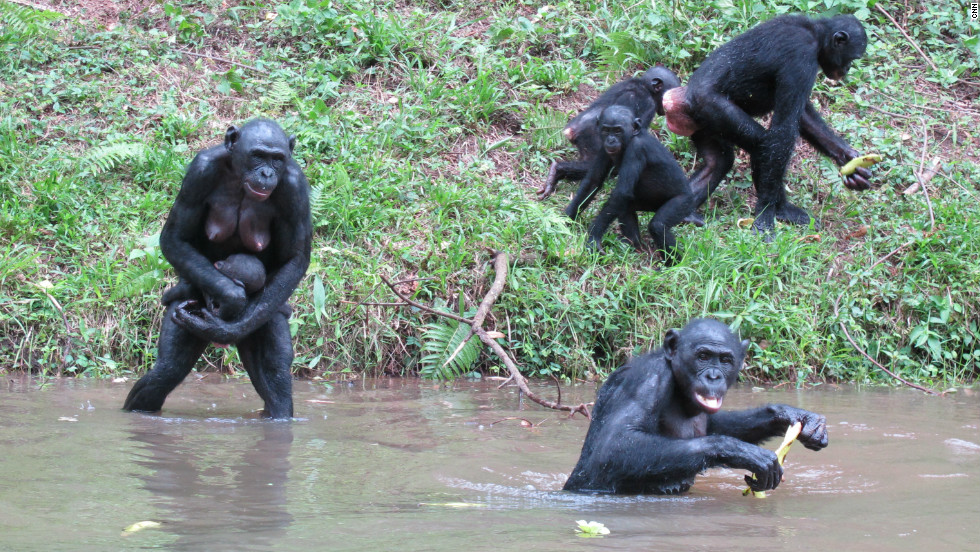
These plans are usually divided into ex situ and in situ, depending on whether they are carried out outside or inside their natural habitat. Destruction of their natural habitat, climate change and illegal trafficking are the main causes.

The chimpanzee population is estimated to have halved by 2050. Thus, the development of effective action plans for the conservation of this species is essential. According to the IUCN (International Union for Conservation of Nature and Natural Resources), its population is estimated to have halved by 2050. For instance, in the case of chimpanzees ( Pan troglodytes) it seems that this infection can be detrimental to their survival.īut although COVID-19 and other infectious diseases, such as Ebola, are a risk factor for chimpanzees, the destruction of natural habitats, climate change and illegal trafficking have also caused chimpanzees to be considered endangered nowadays. Genetic studies of humans and chimps have previously looked only at the average difference between the two species, but the latest study looked at specific variations accumulated over millions of years across the entire genome.Now that the appearance of SARS-CoV-2 has changed our lives, it is a good time to think about how this pandemic also affects other living beings. That such evolutionary events have not been seen more often in animal species may simply be due to the fact that we have not been looking for them." "An event between human and chimpanzee ancestors could help explain both the wide range of divergence times seen across our genomes, as well as the relatively similar X chromosomes. Though incapable of breeding among its own, the hybrid is believed to have survived by mating with its parent human or chimp species, before the two separated to follow the two distinct evolutionary paths that led to modern humans and chimps.ĭr Reich, whose study appears today in the journal Nature, said: "Hybridisation is commonly observed to play a role in speciation in plants, but evolutionary biologists do not generally view it as an important way to produce a new species in animals. The scientists hypothesise that interbreeding between our ancestral humans and early chimps created a third, infertile "hybrid" species, the human equivalent of a mule, the infertile offspring of a horse and donkey. Something very unusual happened at the time." We found that the population structure that existed around the time of human-chimpanzee speciation was unlike any modern ape population.


Geneticists believe the interbreeding theory is the best explanation of why the X chromosomes of humans and chimps remain so similar to this day.ĭr David Reich at the Broad Institute of Harvard and MIT in Boston said: "The study gave unexpected results about how we separated from our closest relatives, the chimpanzees. The study suggests the species split for good probably less than 5.4m years ago. A comparison of snippets of DNA from humans, chimps and other primates shows that after parting company up to 10m years ago early humans and chimps continued to swap genes by interbreeding, until a final split much later.


 0 kommentar(er)
0 kommentar(er)
